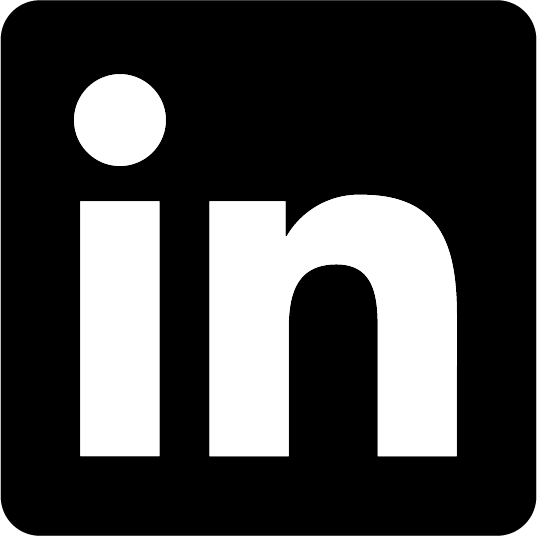Wintersemester 2025/26
DFG-VIPER
Gabriel
biweekly Group Session, 16 hours, max. 15 participantsWed 12.11.25, 10:15 - 11:45
This journal club explores cutting-edge research in virology focusing on virus discovery, host range and transmission, virus-host cell interactions and pathogenesis as well as immune interference and intervention strategies. Through critical discussions, participants will refine their ability to analyze scientific literature, understand experimental methodologies, and engage in interdisciplinary dialogue. The sessions will provide an opportunity for PhD students to strengthen their presentation and moderation skills while staying up to date with the latest advancements in the field.
Siebert
biweekly Seminar, 14 hoursTue 30.09.25, 10:00 - 12:00
Discussion of recent publications in wildlife diseases and biology.
Siebert
biweekly Group Session, 14 hoursTue 14.10.25, 10:00 - 12:00
PhD students present the progress of their work. Discussion of techniques and results of laboratory and field work.
Institut für Mikrobiologie Zentrum für Infektionsmedizin
Institut für Parasitologie Zentrum für Infektionsmedizin
Institut für Immunologie
Klinik für Geflügel
Institut für Biochemie
Institut für Biometrie Epidemiologie und Informationsverarbeitung
Institut für Tiergenomik
IBS (Infektionsbiologisches Seminar)
Volz (Organisation)
consecutive Seminar, 24 hoursTue 14.10.25, 11:30 - 13:00
Invited speakers present results of their current research on infectious agents.
Institut für Mikrobiologie Zentrum für Infektionsmedizin
Institut für Parasitologie Zentrum für Infektionsmedizin
Institut für Immunologie
Klinik für Geflügel
Institut für Biochemie
Institut für Biometrie Epidemiologie und Informationsverarbeitung
Institut für Tiergenomik
Schierwater; Hadrys
Übung, 80 StundenEnde Januar 2025, wird noch bekannt gegeben
Vermittlung von strukturierten Grundkenntnissen moderner, molekulargenetischer Arbeitsmethoden
Schierwater; Hadrys
Vorlesung/Seminar, 28 StundenEnde Januar 2026, wird noch bekannt gegeben
In Kombination mit dem Wahlpflichtmodul: Einführung in die molekulargenetischen Arbeitsmethoden in der Ökologie und Evolutionsbiologie
Esser, Haastert-Talini, Hildebrandt, Stern, Land, Baumhoff, Gericke, Gernert, Kral
Vorlesung/Übung, 80 Stunden14-tägige Blockveranstaltung
Termin: 29.09. bis 10.10.2025
Ein Entscheidungsspiel
Meurer, Lassnig, von Köckritz-Blickwede
consecutive Workshop, 14 hours, max. 20 participantsWed 03.12.25 - Wed 28.01.26, 14:00 - 17:00
This elective course is a new program. It will therefore only be offered in German this semester (2025 2) and in English from next semester.
Tierversuche sind ein zentrales Thema in Tiermedizin und Forschung ? und betreffen auch Sie als angehende Tiermedizinerinnen und Tiermediziner unmittelbar. In der Praxis wird bei der Planung von Tierversuchen jedoch häufig auf bewährte Tiermodelle zurückgegriffen, statt für jeden einzelnen Versuch neu und kritisch zu hinterfragen, welche Tierspezies tatsächlich am besten geeignet ist. Um Sie für diese wichtige Fragestellung zu sensibilisieren und Ihre Entscheidungsfindung zu stärken, haben wir im Rahmen unseres AniMotion-Projekts ein Entscheidungsspiel entwickelt. Dieses rückt die fundierte Auswahl der optimalen Tierspezies für Tierversuche in den Mittelpunkt und leistet so einen wertvollen Beitrag zu Ihrer ethischen und wissenschaftlichen Kompetenz.
Ablauf:
1.2h. Einen Beispieltierversuch entwickeln: Sie sind Gruppenleiter und haben eine Idee für eine Forschungsfrage, für deren Beantwortung ein Tierversuch nötig ist. Sie erstellen eine möglichst genaue Beschreibung des Tierversuchs. Voraussetzung: es müssen mehrere Tierarten möglich sein. Die Erforschung z.B. der Laktation von Ziegen nach Drillingsgeburten wäre nicht möglich, da die Tierart im Forschungsprojekt vorgegeben ist. Bitte bringen Sie hierzu schon Ideen zum ersten Termin mit. Aus den entwickelten Versuchen werden, je nach Gruppengröße ein oder mehrere Projekte für das Spiel ausgewählt.
Der ausgewählte Versuch wird von Ihnen zwischen dem 1. und 2. Termin durch Recherchearbeit zu möglichen Tierarten und Techniken ergänzt.
2.3h. Besprechung des geplanten Tierversuchs und Erstellung einer Fallkarte für den Versuch. Erklärung der Spielregeln des Entscheidungsspiels: Das Spiel ist als Rollenspiel aufgebaut um eine persönliche Angreifbarkeit von Mitspielenden für geäußerte Meinungen und Argumente zu verhindern. Sie lernen die allgemeinen Spielregeln kennen und auch die Rollenbeschreibungen der Rollen, die in dem Spiel verwendet werden. Außerdem legen Sie Kriterien fest, die zu dem ausgewählten Tierversuch wichtig sind zu diskutieren.
3.3h. Durchführung des Spiels: Diskussion der ausgewählten Kriterien für die möglichen Tierspezies für den ausgewählten Tierversuch.
4.1-2h. Auswertung, Bewertung und Zusammenfassung der Ergebnisse
(Das Projekt wird durch AniMotion: Animal Models: Selection Criteria in Ethical and Lagal Perspective vom Niedersächsisches Ministerium für Wissenschaft und Kultur gefördert.)
Pröhl, Schmidt
Übung, 3 Stundengeplant ist: April 2026
Pröhl, Schmidt
Seminar, 2 StundenJanuar / Februar 2026




